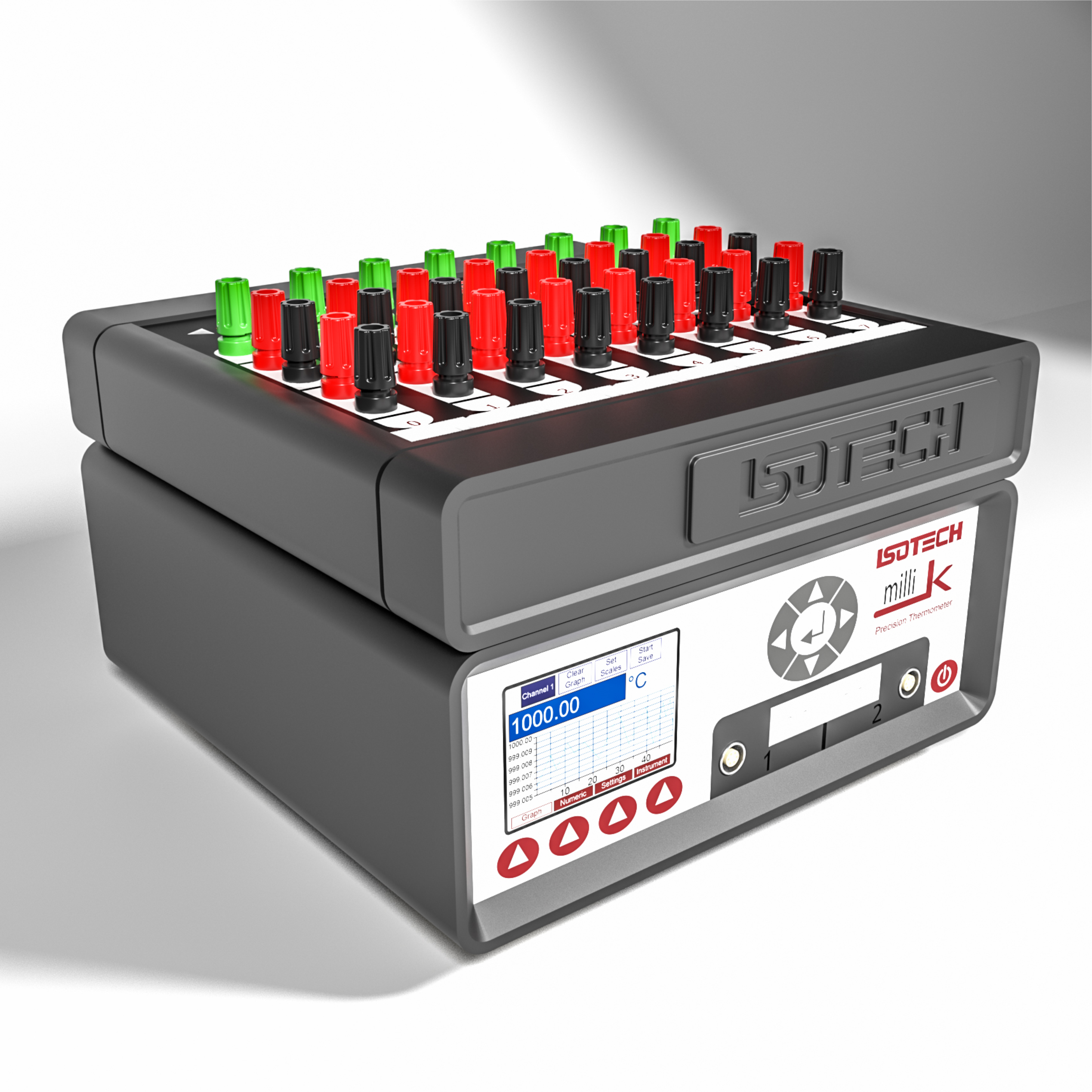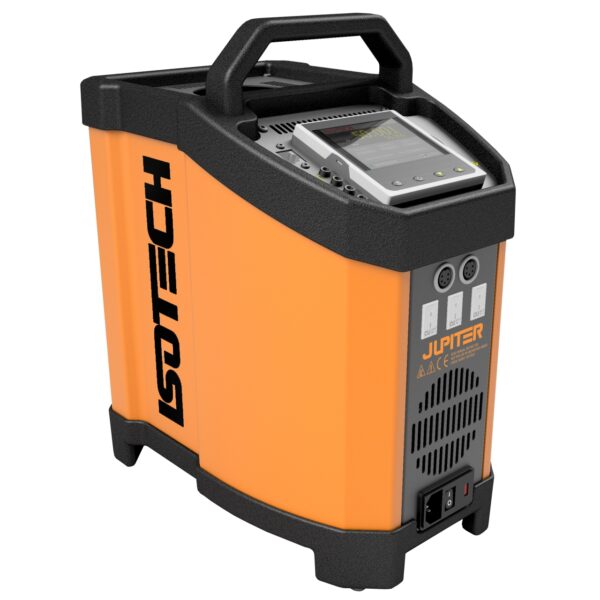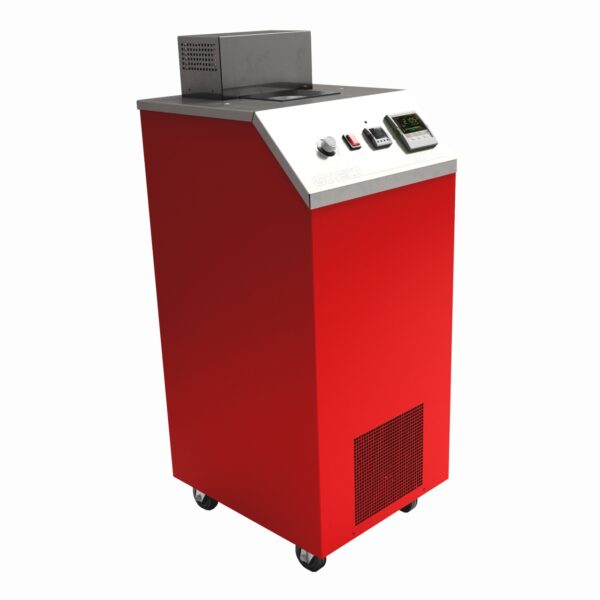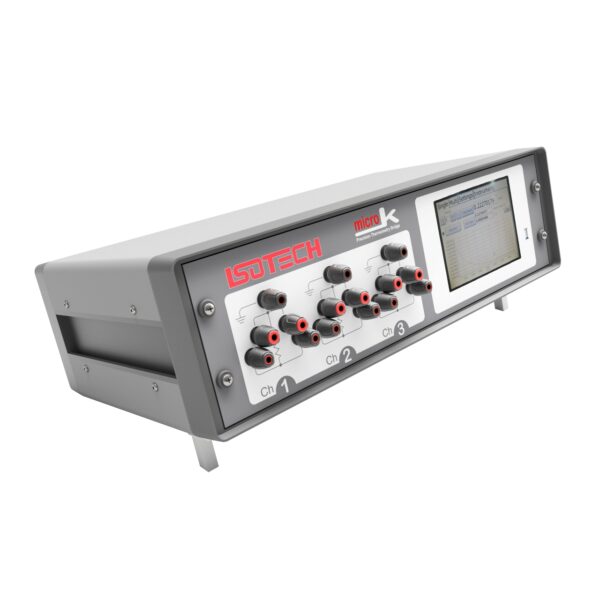When it comes to selecting the ideal temperature calibration equipment, precision and reliability are of the utmost importance. Use this guide to help you master temperature calibration.
As all industries are constantly evolving, the demand for accurate and efficient temperature calibration solutions continues to intensify. When choosing your solution, factors such as the required temperature range, immersion depth, sensor types, and application demands must be carefully evaluated.
Here we’ll take a look at what needs to be considered when selecting the ideal temperature calibration equipment.
A Choice of Solutions
There isn’t one single best solution when it comes to temperature calibration, and there are several options to choose from. Thus, it is important to understand the application in order to select the right equipment.
Many sensors can be calibrated successfully in traditional dry-well calibrators, while others may need the use of a sophisticated liquid bath. For high temperatures, a furnace may be needed.
One question to ask is, “Am I confident the thermometers or sensors will reach the same temperature as the calibration equipment?” Factors such as the sensor size and required immersion depth will influence the type of equipment needed.
Dry-Block Calibrators
Renowned for their versatility and ease of use, dry block calibrators are widely used from low temperatures up to 1200°C. These devices provide a reliable and straightforward method for calibrating temperature sensors by offering a stable temperature environment. Their portability makes them ideal for on-site temperature calibration.
Devices such as the Fast-Cal range of calibrators are designed for rapid, portable calibration across a wide temperature range. These tools are indispensable for on-site calibrations, providing both speed and accuracy to meet industrial demands.
Multi-function Temperature Calibrators like the Isocal-6 range can be used both as dry block calibrators and as portable liquid baths. Additionally, sensors including PRTs and thermocouples can also calibrate surface sensors and infrared thermometers.

Liquid Baths
Liquid baths offer excellent temperature stability and uniformity; critical for applications requiring the highest calibration precision. These systems can accommodate a wide range of sensor types with greater immersion depth than dry blocks, providing a flexible solution for laboratories handling diverse calibration tasks.
Stirred liquid baths can offer superior temperature stability, uniformity and greater immersion depth compared to portable temperature calibrators such as dry blocks. Stirred oil baths can be used from -80°C or lower to a maximum of around 300°C.

Accurate Measuring Instruments
In addition to heat sources, readouts are needed to display the value of both reference thermometers and the devices under test. Our bench thermometers and laboratory bridges handle a wide range of sensor types and can be expanded for multi-channel operation. The milliK thermometer has a best accuracy of 0.003°C.

The Importance of Precision
Choosing the appropriate temperature calibration equipment isn’t just a matter of preference but a decision that impacts the accuracy, efficiency, and reliability of the calibration process. Factors such as the required temperature range, immersion depth, the types of sensors being calibrated, and the specific application demands must be carefully considered.
For instance, high-precision laboratories working with standard platinum resistance thermometers (SPRTs) might opt for microK precision thermometry bridges due to their exceptional accuracy and stability. Conversely, industrial settings requiring rapid on-site calibration will benefit more from fast response rugged equipment.

Conclusion
Selecting the ideal temperature calibration equipment is an important decision that can significantly impact the accuracy, efficiency, and reliability of the calibration process.
At Isotech, our extensive experience in designing and manufacturing temperature calibration equipment spans over 40 years. This, alongside our world-leading temperature calibration laboratory ensures we are well-positioned to guide you in choosing the most appropriate solutions tailored to your specific needs.
Contact us today to get a free consultation, and we’ll work with you to find the right temperature calibration solution. Explore our consultancy options








